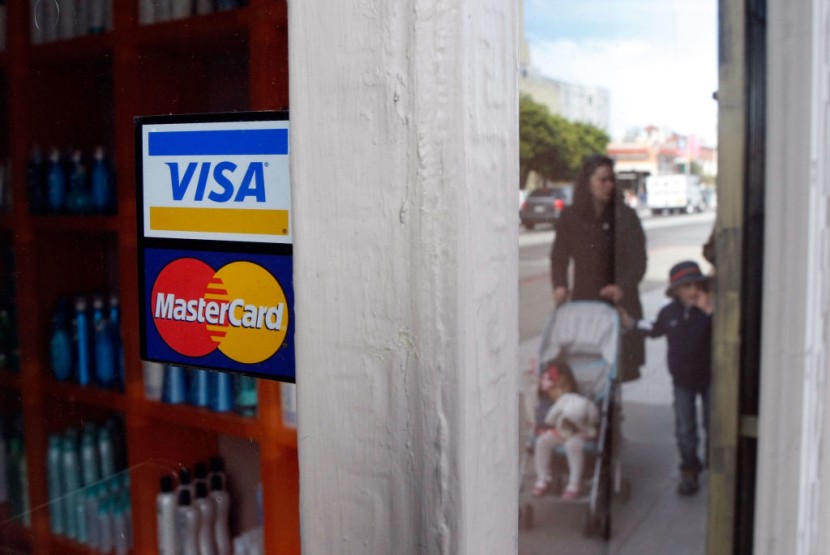The U.S. Federal Reserve's lower swipe fee proposal was introduced on Wednesday, Oct. 25. If Fed officials approve this new regulation, many businesses will certainly benefit from it.

These include supermarkets, convenience stores, gasoline stations, retailers, and other merchants. However, it would be bad news for Mastercard, Visa, and other big banks in the U.S. Here's why.
US Fed Proposes Lower Swipe Fees
According to Reuters' latest report, the lower swipe fee proposal of the Federal Reserve could reduce the cap on bank fees that merchants have to pay for just processing debit card transactions.
Specifically, the new regulation aims to reduce the current 21 cents per swipe transaction to 14.4 cents for each transaction. The Fed board said that they will do a voting for the proposal on Wednesday, Oct. 25.
Yahoo News reported that the 14.4 swipe fee will greatly benefit merchants, who have been complaining about these charges for the past few years since they harm consumers and businesses.
But, Mastercard, Visa, American Express, and other credit-card companies could suffer since they could lose huge amounts of revenue.
Swipe fees—also called interchange fees—are settled by supermarkets, convenience stores, and other merchants whenever their customers use their debit cards. Big banks collect these charges and add them to their revenue.
As of writing, the average debit card transaction of Americans is estimated to be around $50. For each $50 swiping transaction, consumers need to pay around $0.24.
But, with the Federal Reserve's lower swipe fee regulation, this interchange fee could only be around $0.177.
Other Things To Know About Lower Swipe Fee Regulation

Aside from lowering the swipe fees up to 14.4 cents, the new regulation of the Fed could also lead to yearly adjustments in interchange fees.
Previously, the Federal Reserve said that it had the ability to reduce these consumer transaction fees if it found out that the costs of processing card payments declined.
However, for the past few years, Fed officials have not been able to see this. Now, the regulatory agency claimed that its latest data showed that the costs to debit card issuers actually declined in the past few years.
Because of this, they decided to introduce the lower swipe fee rule. However, they still need to collect public comments before they can implement this regulation, even if the majority of Fed officials voted on it.
© 2025 HNGN, All rights reserved. Do not reproduce without permission.








